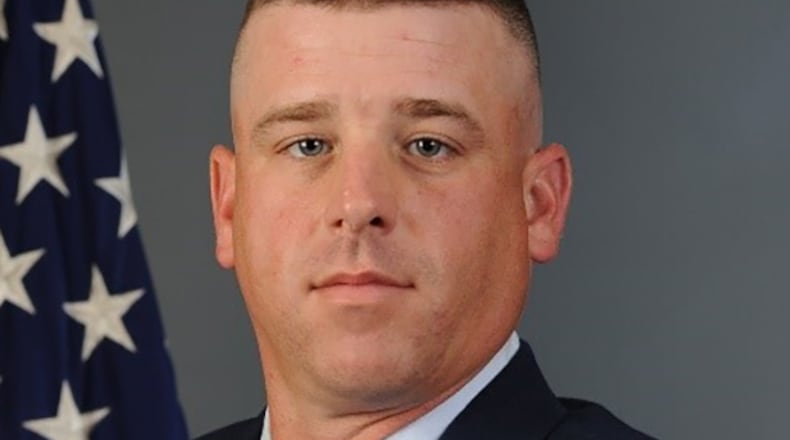Early on in my Air Force career, I was fortunate to have some amazing supervisors and mentors who made my development and growth as an Airman a priority for them. They focused on ensuring my skills and knowledge ultimately fell on par with theirs. I grew to feel important to the team, with a belief that without me, the mission couldn’t happen.
It took several years before I realized the goal of those supervisors was to prepare me for when I needed to replace them.
Regardless of where you are in your career, you should continually place emphasis on training and development of yourself, your peers and, most importantly, your subordinates. As you train and develop subordinates, your focus should not be simply on training them to do their jobs but also on how to perform your job.
You never know when your subordinates may be called on to fill your shoes. Their professional development and growth should prepare them to take on a supervisory role.
In 2012, I was deployed to Helmand Province, Afghanistan, supporting Marine combat engineers. Our mission was to conduct route-clearance patrols to open vital supply lines for logistical movements throughout the area. I was team leader for a three-person explosive ordnance disposal team attached to 1st Platoon, Mobility Assault Company, 1st Combat Engineer Battalion.
Our team, along with the platoon of Marine engineers and attached Navy corpsmen, quickly gelled into a well-oiled machine.
My two team members, both young staff sergeants, were hard-charging, and I routinely put them in the position of making decisions as we neutralized improvised explosive devices discovered by our team. Rendering safe IEDs is a risky business, and I knew that one misstep on my part could take me out of the fight.
The mission that started Sept. 3 began like any other. We conducted our pre-combat checks and inspections and set out with our Army logistics patrol trailing. Our mission this day was to provide resupply to a Marine special operations forces-led village-stability platform.
This particular VSP had been difficult for resupply missions to reach due to the heavy volume of IEDs along the route. Several previous missions were forced to turn around as they suffered numerous IED strikes that prevented them from reaching their destination.
As we neared the area, we staged the logistics convoy and a portion of our element on the ridgeline before dropping into the wadi leading to the VSP.
When we proceeded into its narrow road, our convoy suffered a vehicle strike. I quickly conducted a post-blast analysis of the area and cleared a section for our team to conduct vehicle recovery.
As the wrecker and security truck made their way into the wadi toward us, the area was rocked by a large explosion, upending the security truck. My team and I jumped into action to clear a path to the vehicle and ensure no secondary devices were nearby.
I led a recovery team to assess casualties while others began clearing a helicopter-landing zone for the medevac team. But disaster struck again when another vehicle suffered an IED strike, and our team found itself in a minefield.
We were finally able to clear an area to receive the medevac to remove our wounded and fallen teammates. As night set in, we hunkered down in our vehicles to await additional recovery assets.
The next 32 to 36 hours seemed like an eternity as we began the slow process of recovering vehicles and equipment from the wadi. The end was finally in sight when we removed the last damaged vehicle and began preparations to load up the debris and begin the trek back to Camp Leatherneck.
But our fight was not over.
A rocket-propelled grenade impacted our site, setting off an intense firefight with 25-30 enemy combatants that lasted for the next two to three hours. Fragmentation from the RPG struck five personnel. Among those five was me.
Despite my best efforts to avoid the corpsman, he tracked me down, along with the platoon leader – and the determination was made I would be taken out in a medevac helicopter with the other casualties.
The one positive to the situation? I knew I had prepared my subordinates to function without me.
They finished the mission, clearing additional IEDs on their way back to Camp Leatherneck. After a quick recovery, I was able to return to my team for the remainder of our deployment, although I now had made the decision to take a step back and let them be in charge.
My team members continued to excel despite the chaos of our final mission in theater, but that’s a story for another time.
I challenge you as Airmen and leaders to prepare your subordinates and peers to take your place. All too often, I’ve seen delays because only a single person knows how to complete a task or make a decision.
At some point, we will all take off our uniforms, and our replacements need to be ready to step into that role. The time is now to prepare them. Make yourself useless.
About the Author
